Upton-upon-Severn, Worcestershire
Up to 1834
A Parliamentary report of 1776-7 recorded a parish workhouse at Powick accommodating up to 20 inmates, and one at Upton-upon-Severn for 70. Upton's workhouse stood on Court Street.
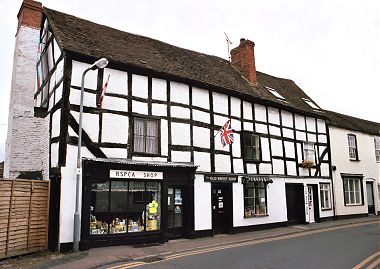
Upton former parish workhouse, 2003.
© Peter Higginbotham
Kempsey had a parish workhouse in what is now the Farmer's Arms Pub at Kempsey Common.
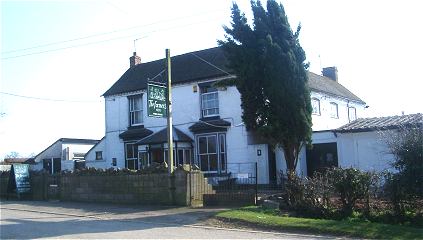
Kempsey former parish workhouse, 2003.
© Peter Higginbotham
A house at what is now 167 Worcester Road, Great Malvern, once served as a local workhouse.
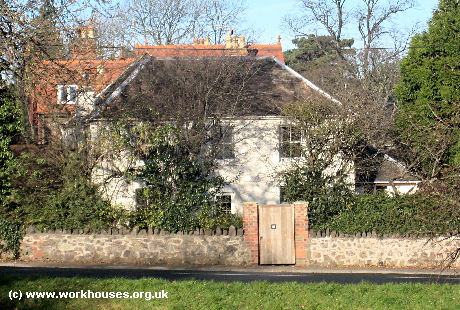
Malvern former parish workhouse, 2008.
© Peter Higginbotham
After 1834
Upton-upon-Severn Poor Law Union was formed on 16th November 1835. Its operation was overseen by an elected Board of Guardians, 28 in number, representing its 22 constituent parishes as listed below (figures in brackets indicate numbers of Guardians if more than one):
County of Worcester:
Berrow, Birtsmorton, Bushley, Castlemorton, Croome d'Abitot, Earls Croome, Hill Croome, Eldersfield, Hanley Castle (2), Holdfast, Kempsey (2), Great Malvern (2), Little Malvern, Longdon, Madresfield, Newland, Powick (2), Queenhill, Ripple, Severn Stoke, Upton-upon-Severn (3), Welland.
Later Additions: Guarlford (from 1894) South Malvern, Malvern Link (from 1894), Malvern Wells (from 1896).
The population falling within the Union at the 1831 census had been 15,496 with parishes ranging in size from Holdfast (population 86) to Upton itself (2,343). The average annual poor-rate expenditure for the period 1833-35 had been £7,691 or 9s.11d. per head.
A new Union workhouse was erected in 1836 on a site to the south of Upton on the east side of Laburnum Walk. It was designed by Sampson Kempthorne who was the architect of many other early Union workhouses including ones at Martley, Pershore, and Droitwich. Like Droitwich, Upton workhouse was based on Kempthorne's model "200-pauper" plan, published by the Poor Law Commissioners in 1836, which had a cruciform layout but without a central supervisory hub. The Commissioners authorised an expenditure of £3,360 on construction of the building which was to accommodate 150. Its location and layout are shown of the 1903 OS map below.
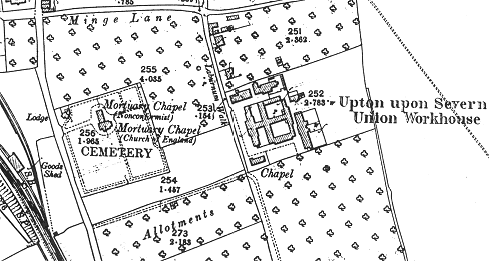
Upton-upon-Severn site, 1903.
An entrance block at the north contained a porter's room and the Guardians' board room. To the rear were the children's school and dining room, then the long main accommodation block with male quarters at one side, and female at the other with the kitchens and Master's room at the centre. A dining-hall lay at the centre rear, with blocks of work and utility rooms at the sides.
In 1897, the union opened a casual ward at the south side of Malvern Link Common. The houses of Tudor Gardens now occupy the site.
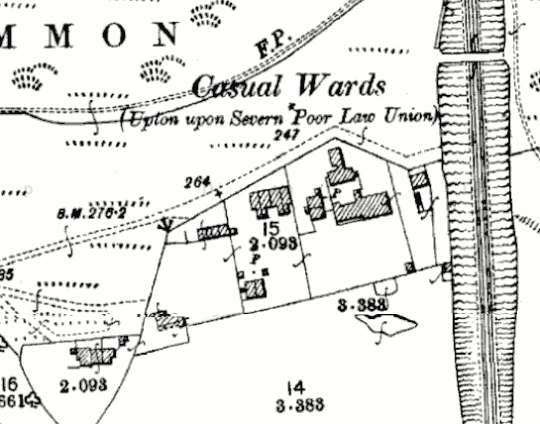
Malvern Casual Ward site, c.1903.
In 1899, chapel was erected at the south-west of the workhouse. Designed by Lewis Sheppard of Worcester, it measured 42 feet bt 17 feet 6 inches and could seat 100. Other additions to the site included an infirmary at the south-east and other buildings, possibly a vagrants' block and school, at the north.
After 1930, the site became a Public Assistance Institution, then an old people's home known as Laburnum House. The old buildings have now been demolished and the present-day residents occupy modern accommodation.
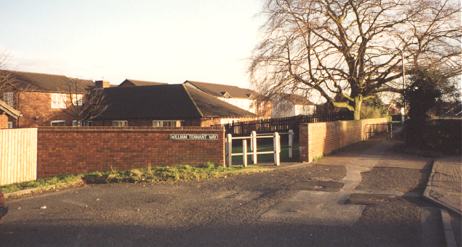
Upton former workhouse site from the north-west, 2000.
© Peter Higginbotham
Staff
Inmates
Records
Note: many repositories impose a closure period of up to 100 years for records identifying individuals. Before travelling a long distance, always check that the records you want to consult will be available.
- Worcestershire Archive and Archaeology Service, The Hive, Sawmill Walk, The Butts, Worcester, WR1 3PB. Holdings include: Guardians' minute books (1835-1903, 1906-26); Births (1836-66); Punishment book (1875-1932); etc.
Bibliography
- Higginbotham, Peter The Workhouse Encyclopedia (2014, The History Press)
Links
- None.
Unless otherwise indicated, this page () is copyright Peter Higginbotham. Contents may not be reproduced without permission.


